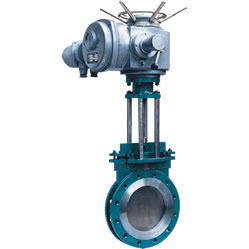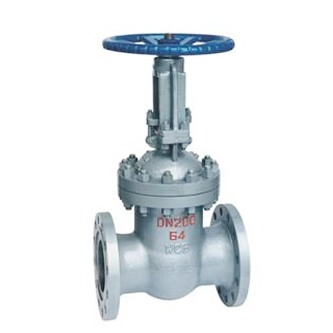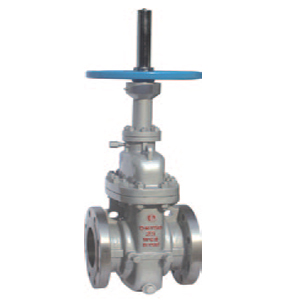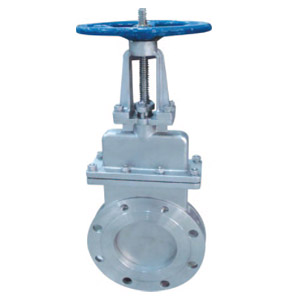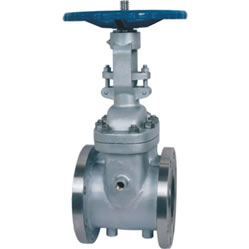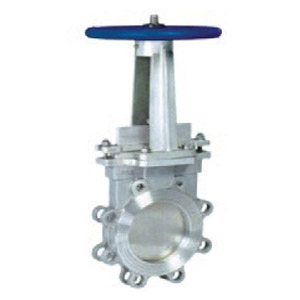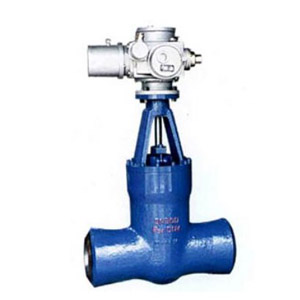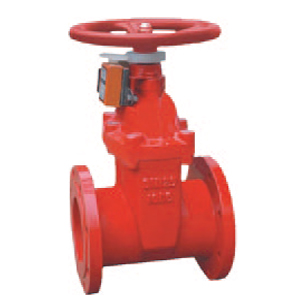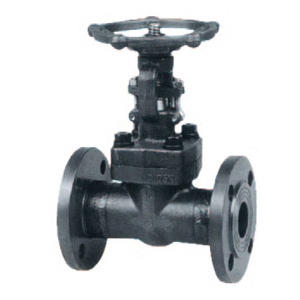- Gate Valve Product Catalog
- Gate Valves are used mainly for blocking fluid flow and are less likely to be employed for flow regulation. A gate valve uses a plate-like barrier that can be lowered into the flow stream to stop the flow. Its operation is similar to that of a globe valve except the gate provides less flow restriction than with a globe-valve plug when the valve is in the fully opened position. Key specifications include port configuration, port connections, valve size, and the materials that make up the valve body, its seat, seal, lining, and stem packing.Gate valvescan use wedge-shaped plugs or parallel plates. Plugs usually seal both the up and downstream sides of the valve while plates usually only seal on the upstream face. Wedges can take on a variety of design alternatives that reduce or accommodate wear of the sealing surfaces. Although the advantage of gate valves is their reduced head loss when open compared to globe valves, they are not useful for throttling and may not produce the positive shut-off that globe valves provide. Gate valves are used in wastewater plants, power plants, and process plants for shut-off and for isolating service.
Gate valvesare usually designated as rising-stem and non-rising stem designs. The advantage of rising-stem valves is that they permit easy visualization as to whether a valve is open or closed. The advantage of the Non-Rising Stem, or NRS valves, is that the stem is protected from exposure to corrosive or other environmental conditions by the valve bonnet. Neither design has much impact on the actual valve function.
|


